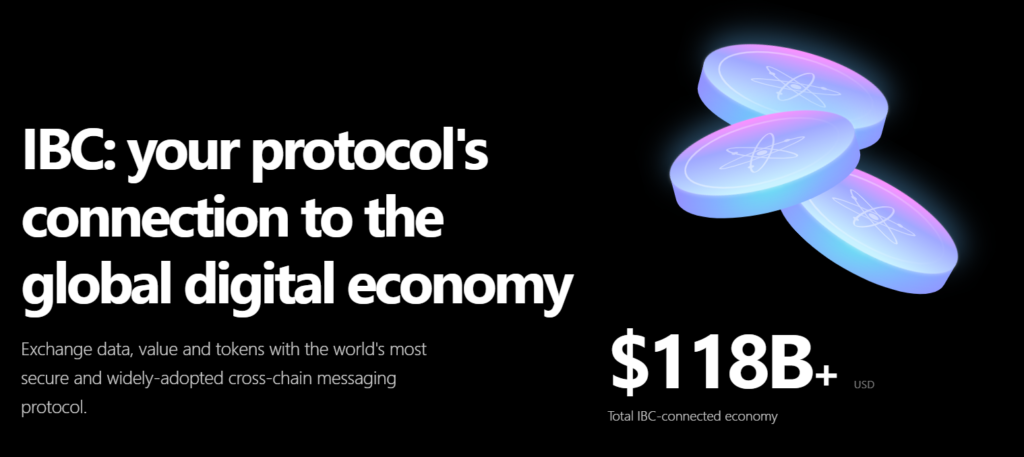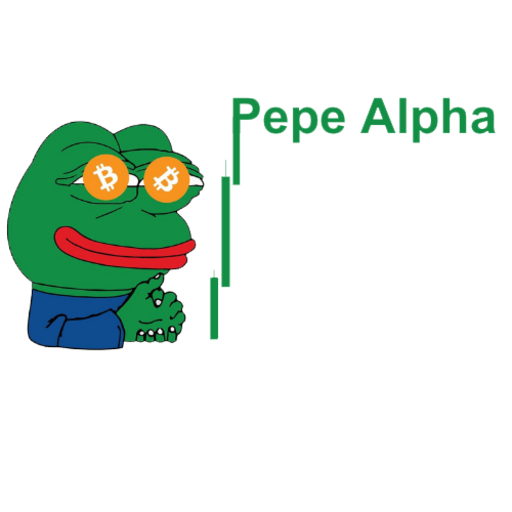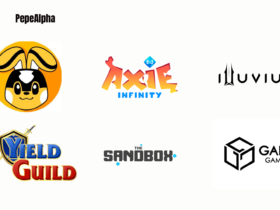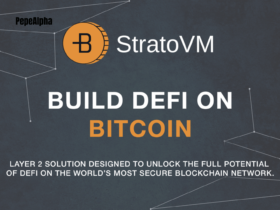Hey there, fellow crypto enthusiasts! Let’s dive into the fascinating world of Cosmos (ATOM), to the fascinating world of Cosmos, the “Internet of blockchains“! Let’s explore the ins and outs of this groundbreaking platform.
What is Cosmos (ATOM)?
Cosmos is not your average crypto project; it’s a visionary initiative aiming to create a network of interconnected blockchains. Dubbed as an “Internet of blockchains,” Cosmos provides open-source tools to streamline transactions between various networks. Its primary focus is on customizability and interoperability, setting it apart from other projects. Instead of favoring its own network, Cosmos fosters an ecosystem of networks that can seamlessly share data and tokens without any central authority. Each independent blockchain within Cosmos, called a “zone,” is connected to the Cosmos Hub, which serves as the central ledger. The Cosmos Hub is a proof-of-stake blockchain powered by its native cryptocurrency, ATOM.
Who Created Cosmos?
The brains behind Cosmos belong to the Interchain Foundation (ICF), a Swiss non-profit organization funding open-source blockchain projects. The network was launched in 2014 by developers Jae Kwon and Ethan Buchman, who also created Tendermint, the consensus algorithm powering Cosmos. Jae Kwon and Ethan Buchman authored the Cosmos white paper and released its software in 2019. The Interchain Foundation held an initial coin offering (ICO) of the ATOM token in 2017, raising over $17 million. Tendermint Inc., founded by Jae Kwon, raised $9 million in a Series A funding round to further develop the project.
How Does Cosmos Work?
The Cosmos network operates through three layers:
- Application Layer: Processes transactions and updates the network’s state.
- Networking Layer: Facilitates communication between transactions and blockchains.
- Consensus Layer: Helps nodes agree on the current state of the system.
Cosmos relies on a set of open-source tools to connect these layers and enable developers to build blockchain applications. The core of this system is the Tendermint BFT engine, an algorithm that allows developers to create blockchains without starting from scratch. Tendermint BFT secures the network, validates transactions, and commits blocks to the blockchain. It connects to applications through the Application Blockchain Interface. Key to Tendermint is Tendermint Core, a proof-of-stake (PoS) governance mechanism that keeps the distributed network of Cosmos Hub in sync. Participants, known as “validator nodes,” stake ATOM to power the blockchain and vote on changes. Voting power is determined by the amount of ATOM staked. Users can also delegate their tokens to other validators, earning a portion of the block reward.
Cosmos Hub and Zones
The Cosmos Hub serves as an intermediary between all independent blockchains, or “zones,” within the Cosmos network. Each zone carries out its functions independently, including authenticating accounts, creating and distributing tokens, and executing changes to its blockchain. The Cosmos Hub facilitates interoperability between zones by keeping track of their states. Zones are connected to the Cosmos Hub via the Inter-Blockchain Communication protocol (IBC), enabling the secure exchange of information. Once connected to the Cosmos Hub, a zone becomes interoperable with every other zone connected to the hub, allowing blockchains with different applications, validators, and consensus mechanisms to exchange data.

Why Does ATOM Have Value?
ATOM, the native cryptocurrency of Cosmos, plays a crucial role in maintaining interoperability between all zones in the Cosmos network. It can be used for holding, spending, sending, or staking. ATOM may become more valuable as more blockchains are built within the network, relying on the Cosmos Hub to maintain their transaction histories. By owning and staking ATOM, users gain the ability to vote on network upgrades, with each vote proportional to the amount of ATOM staked. Cosmos rewards validators with ATOM based on the number of tokens they stake, with delegators receiving a percentage of the reward. Investors should note that there is currently no limit on the supply of new ATOM created. Cosmos adjusts the amount of tokens created based on the number of ATOM being staked, resulting in an annual inflation rate of anywhere between 7% and 20%.
Why Use ATOM?
Users may find the Cosmos network appealing due to its focus on facilitating interoperability between blockchains. Various projects are built on the Cosmos network, including a price-stable cryptocurrency and a decentralized finance (DeFi) project allowing traders to leverage their assets. Investors may seek to buy ATOM and add it to their portfolio if they believe developers will flock to frameworks that enable them to launch custom blockchains.
Do More with Cosmos
Interested in exploring the Cosmos network further? Dive deeper into its ecosystem, contribute to its development, and stay up-to-date with the latest news and updates. The possibilities are endless!
With Cosmos, the future of interconnected blockchains is within reach. Join the revolution today and unlock the potential of a truly decentralized network!
Links:
https://cosmos.network/
https://t.me/cosmosproject
https://twitter.com/cosmos
https://discord.gg/interchain















Leave a Reply